How Can I Never Overcook or Undercook Food?

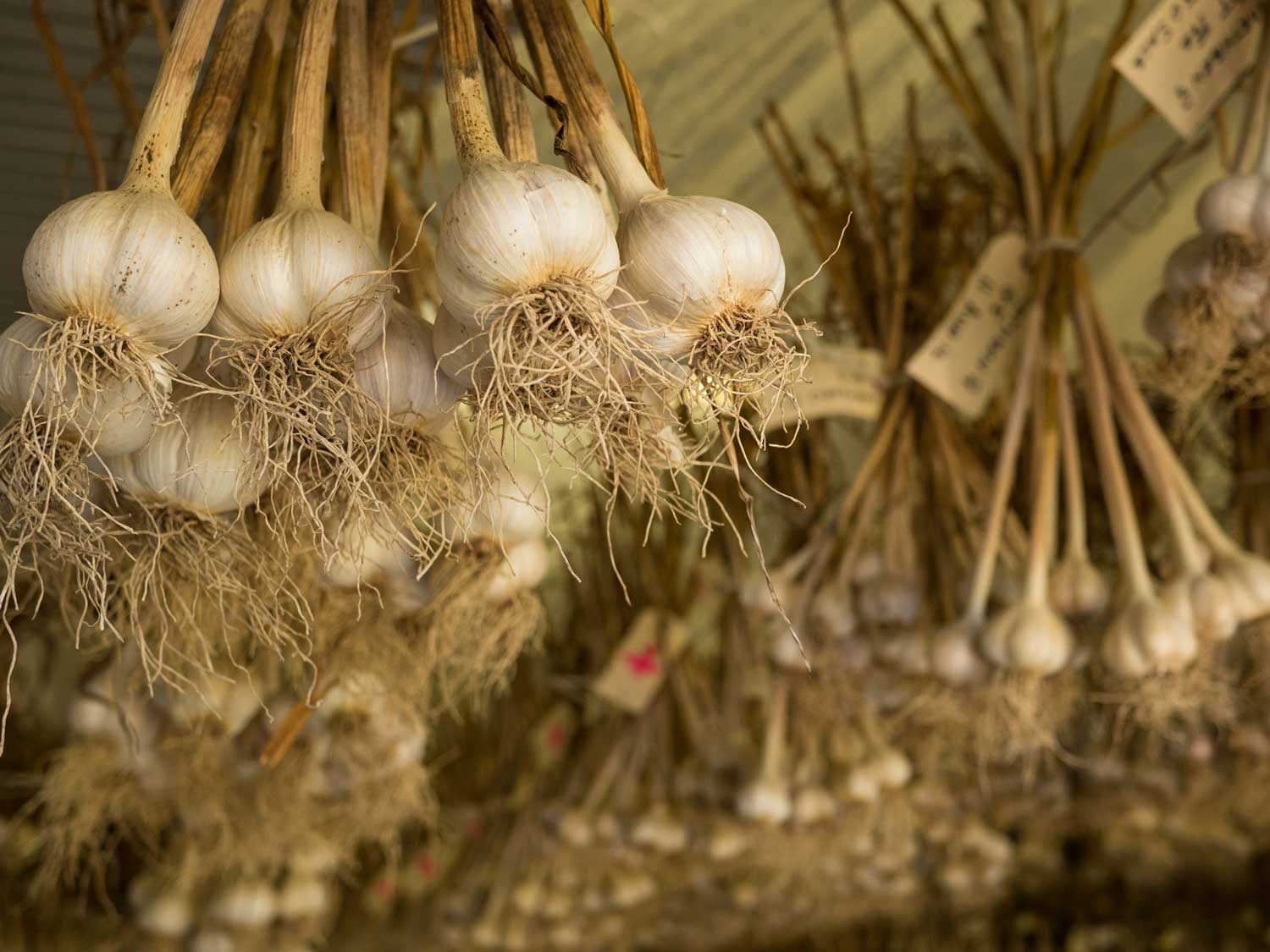
- Source and choose fresh, juicy foods
- Use quality equipment and utensils
- Cook even-sized foods
- Watch, check, listen, smell, taste, think and touch
- Rotate, circulate, flip or stir
- Maintain optimal temperature
- Test for doneness
- Remember—hot food will continue cooking after being removed from the heat source
- Be organized
- Use common sense
Our top 10 tips to never overcook or undercook food and ensure a more satisfying experience in the kitchen. Less stress. More creativity. More fun. Maybe you want to cook more. Maybe you want to cook less. Whatever you cook, these cooking tips, tricks and practical ideas will help.
These tips come from our central Tree House tenets of Explore, Grow, Nourish and Connect. We incorporate these tenets into all of our recipes, along with a sustainable living practice, to add more joy to your eating experiences. These concepts work for all ages—kids naturally understand them!
The creation of great meals is simpler than you think. It’s not about the recipe or the cook’s time, talents, or resources. If you think logically and holistically, you’ll set yourself up for delicious results! You deserve a nourishing meal, peacefully made. Follow these tips to never undercook or overcook food.
1. Source and choose fresh, juicy foods
Choose quality farmers/producers/grocers/gardens and select items with the seasons in mind to ensure plump, juicy, tasty and eye-catching results.
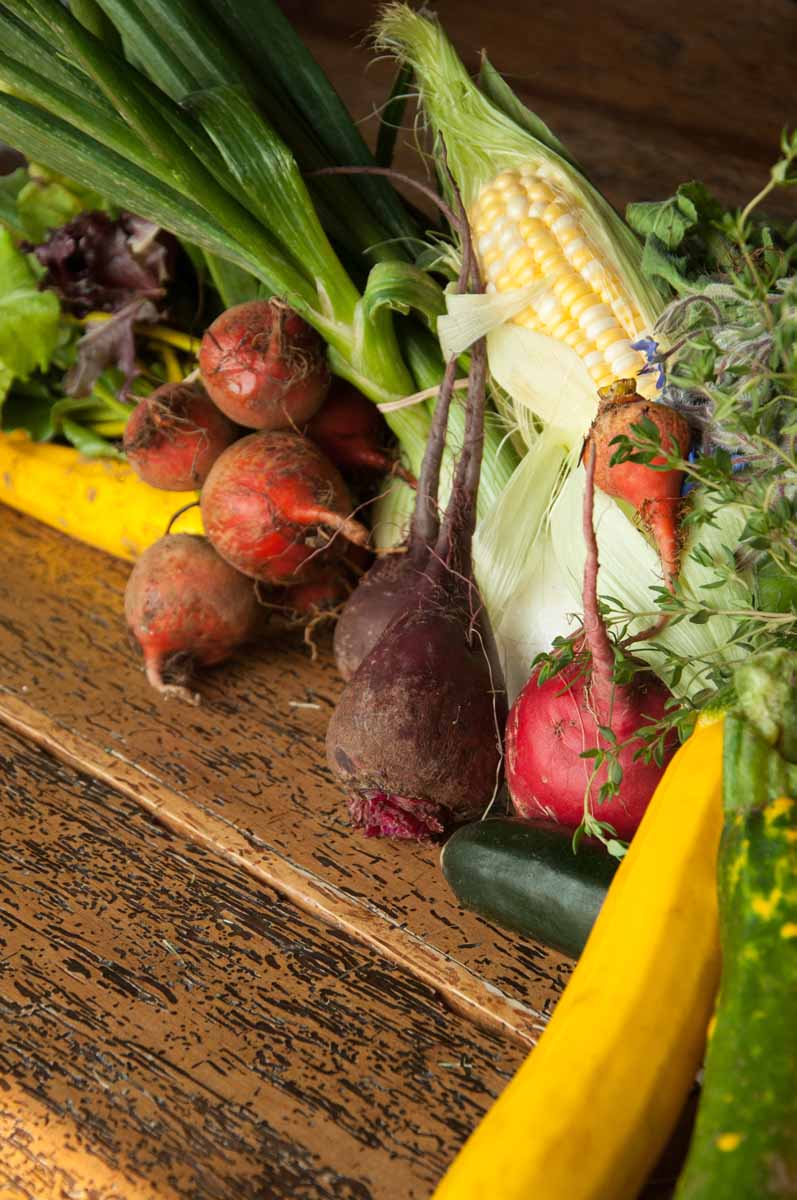
2. Use quality equipment and utensils
You get what you pay for when it comes to sourcing equipment such as pots, pans and knives for your kitchen. Save money by resisting all the unneeded doohickeys and spend a bit more for quality pots and pans. Materials vary, and hybrids of materials work well, but do your homework and visit local kitchen stores for advice. Choose large, long-handled and heat-safe utensils to avoid burning yourself. Replace your oven mitts when they are burnt, have holes or are too thin.
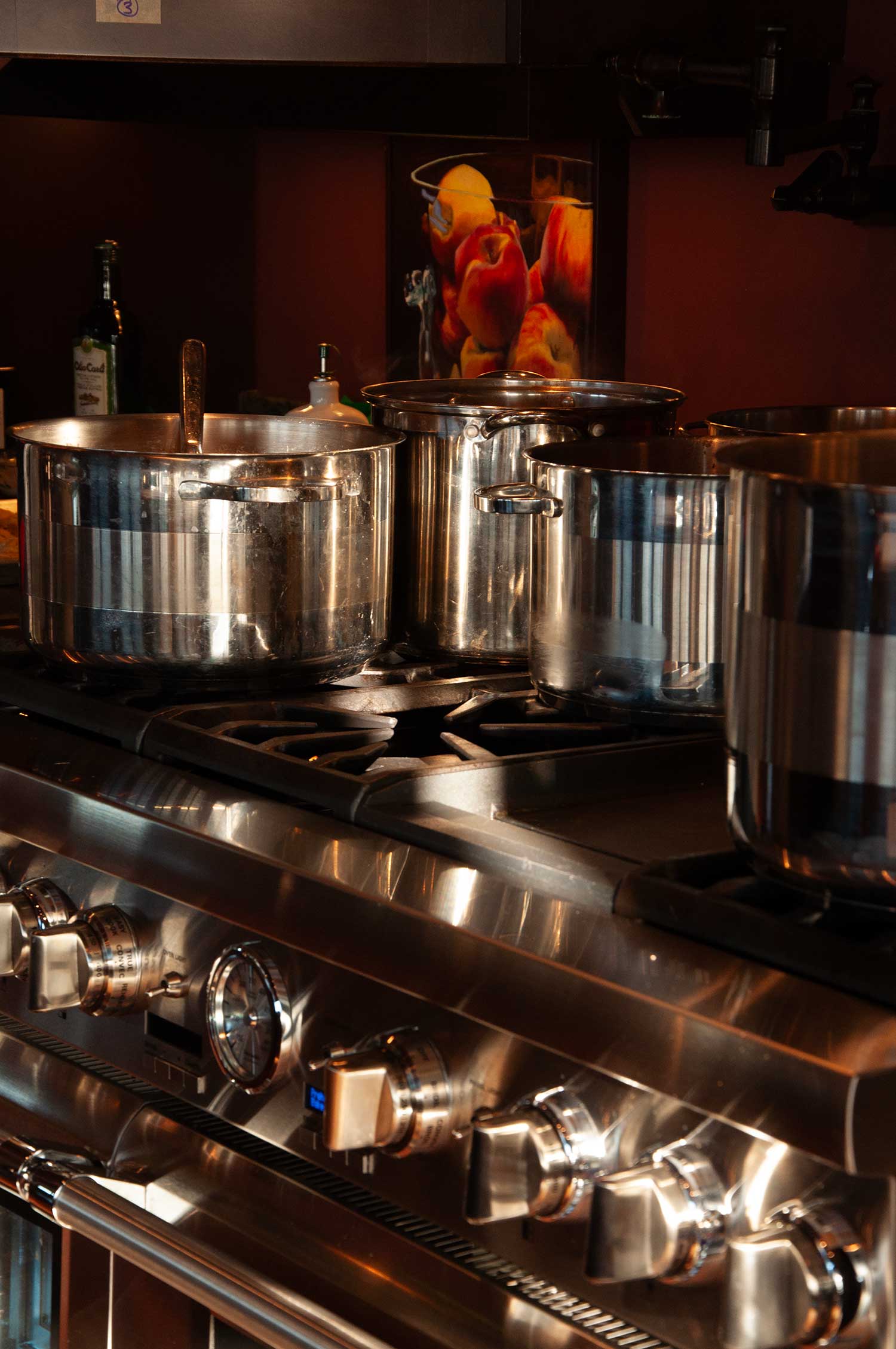
3. Cook even-sized foods
Make sure the food sizes are consistent before heat is applied. Use a large, sharpened knife and a good cutting board held firmly in place with a damp cloth or grip underneath.
Did you know that small, blunt knives are more dangerous than large, sharp knives? Test to see if your knife is blunt by slicing through a tomato. If it slices through like butter, it’s sharp. If it’s not a smooth, easy slice, you may use too much force, creating dangerous slips. Get your knives sharpened regularly.
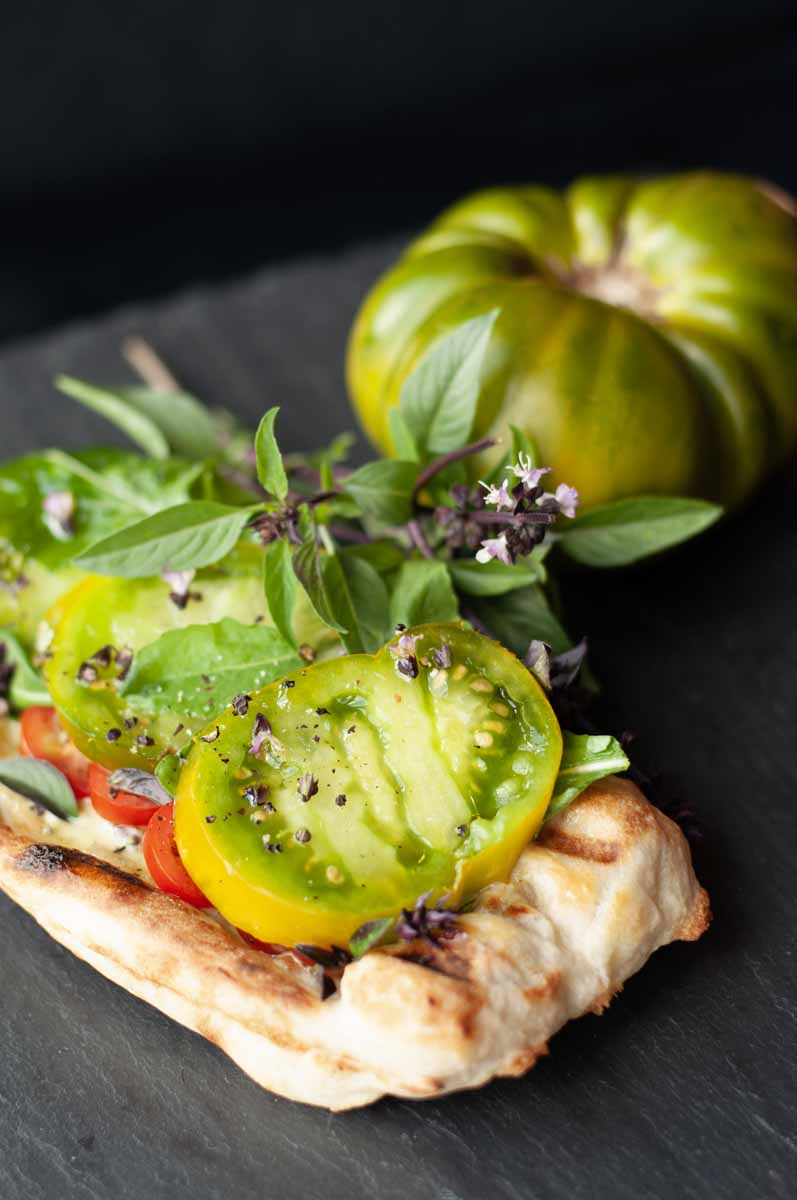
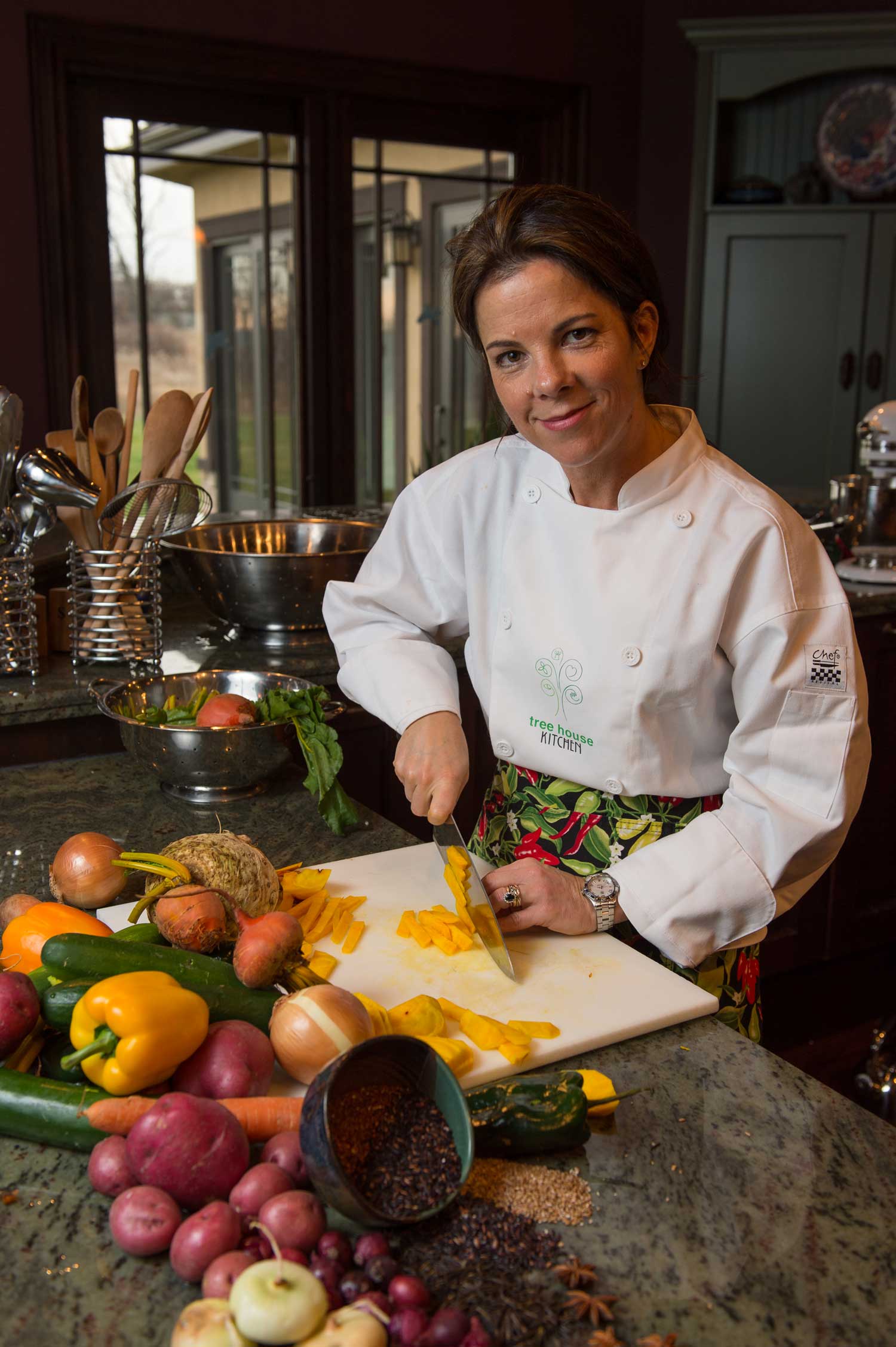
4. Watch, check, listen, smell, taste, think and touch
Stay aware of your senses. Be attentive in the kitchen and at the BBQ to sizzles, aromas, smoke, juiciness, plumpness, etc. Your food is giving you hints all the time.
The next time you’re cooking, test yourself by listening to and smelling your masterpiece before you lift the lid. This experience of “knowing” gives you more lead time the next time something is about to burn.
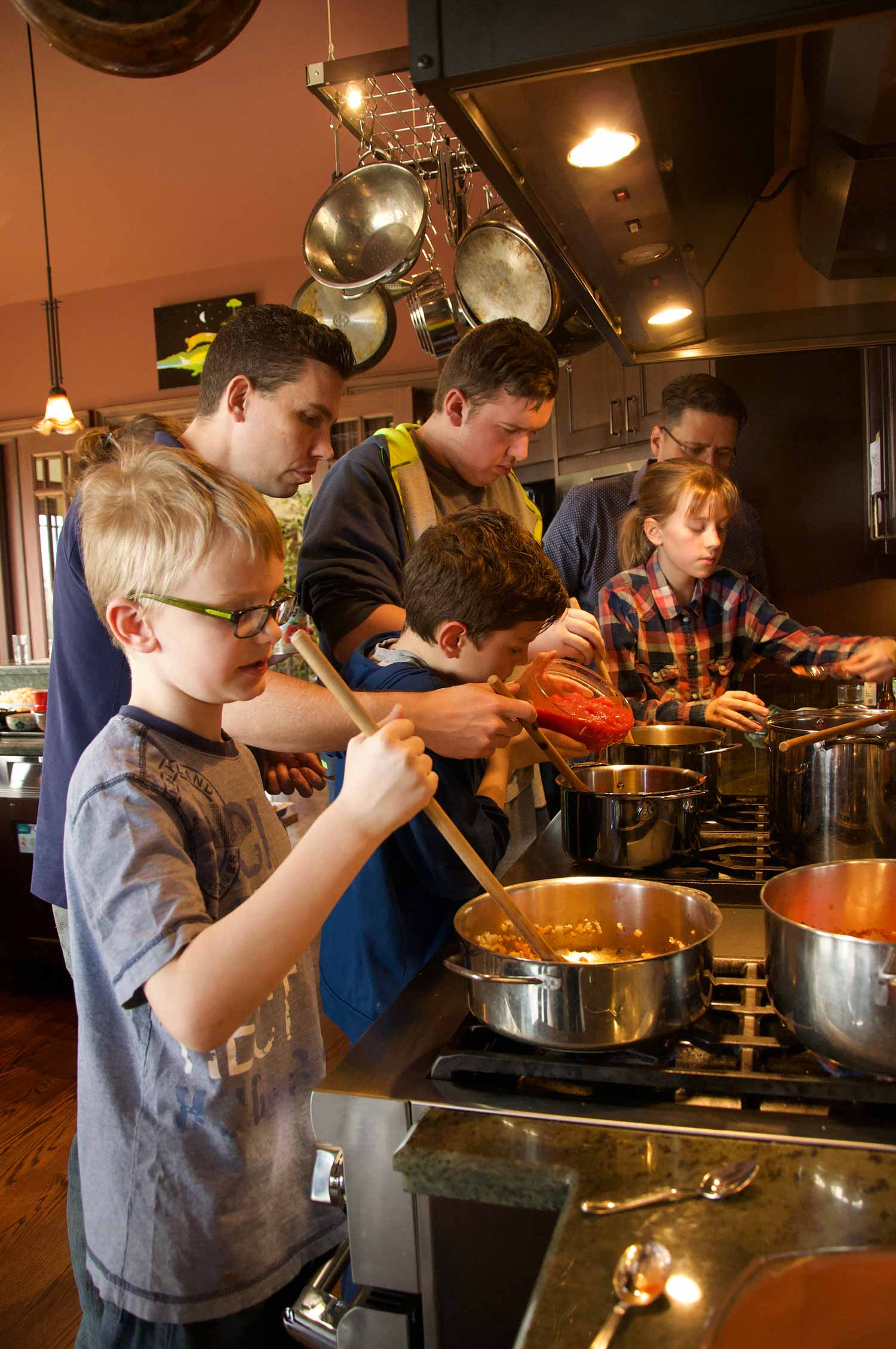
5. Rotate, circulate, flip or stir
Maximize even heat and minimize appliance hotspots by moving things around. It’s not the appliance but the cook who makes the difference.
Just as important? Know when to touch and know when to leave food alone! Slammed oven doors, over-stirring, moving meat around before it sears and leaving ingredients to burn in the hottest section of an appliance are all no-nos.
6. Maintain optimal temperature
Follow recipe guidelines, but do NOT follow recipes verbatim. Just as every cook is different, every day is different, every kitchen is different and every ingredient is different. It’s important to be flexible with temperatures and times based on the conditions. If you’re attentive to your food and its cues, and as you gain experience, you can choose to increase or decrease your time and temperature for better results.
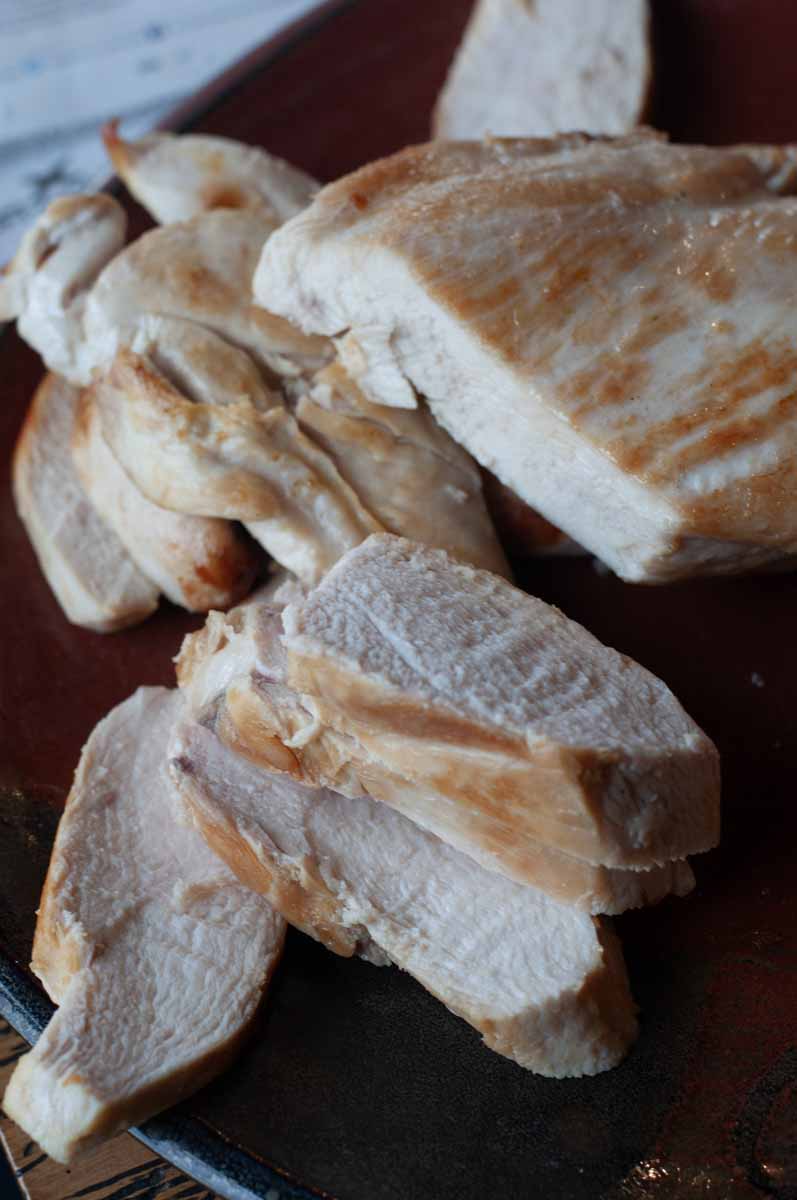
7. Test for doneness
Done is DONE! Done is not overdone or underdone. Find that sweet spot. Follow cues and guidelines based on your own experience and use your senses to get a fuller picture. Still not sure? Make a bit extra every time to have “test” pieces for your doneness checks.
Also, know and maintain safe internal cooked meat temperatures to avoid foodborne illness. Use a food thermometer to double-check your work if you are uncertain.
And always test recipes before serving them at a special dinner party.
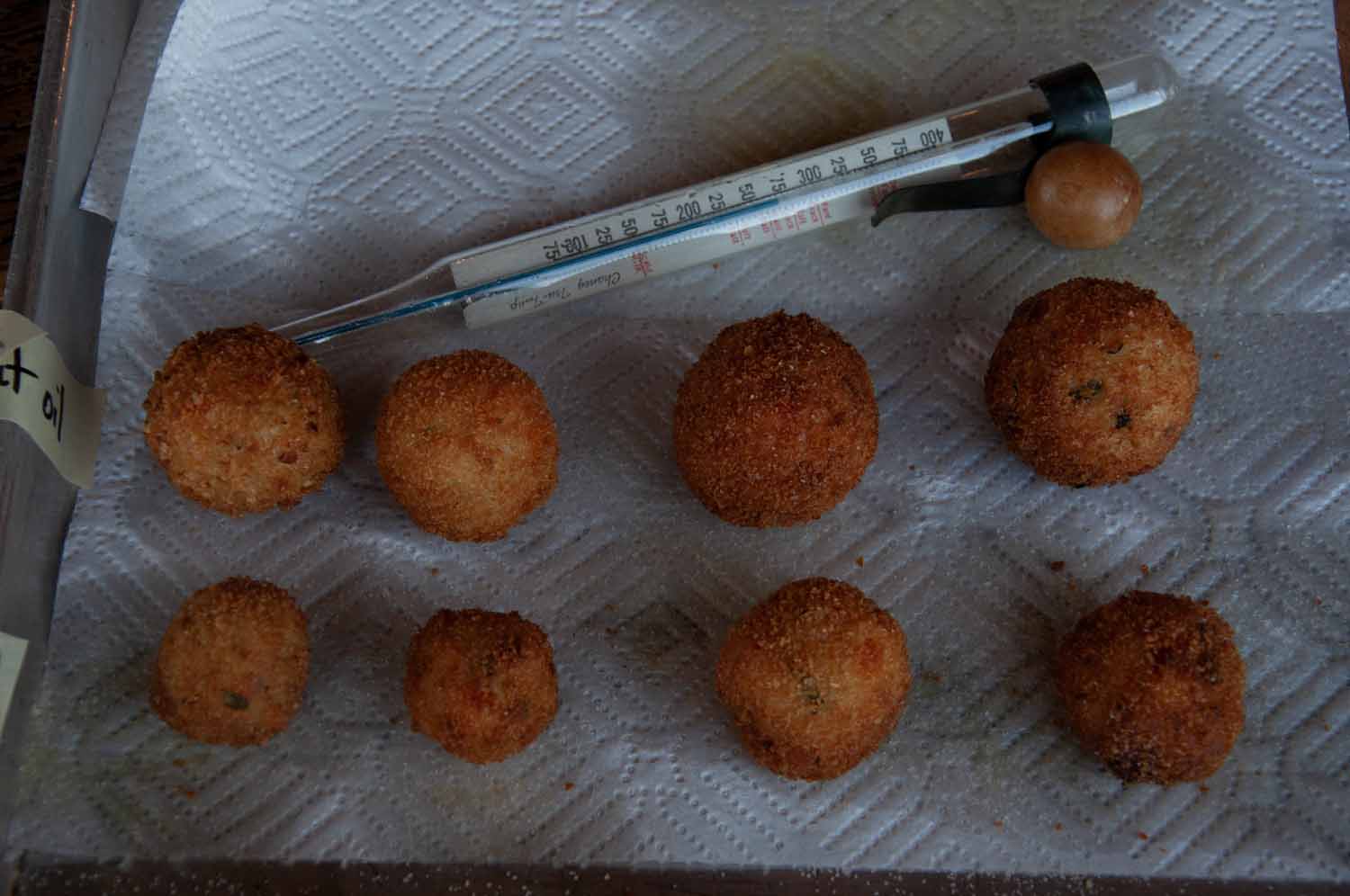
8. Remember—hot food will continue cooking after being removed from the heat source
Yep, it keeps cooking even when you’re not watching it! This is called carryover cooking. Be especially careful with fragile shellfish, fish dishes, small items and crisp-tender vegetables. Cook to 95 percent done, and be prepared to serve it or let it cool right away!
With roasts, the internal temperature can increase several degrees while sitting on the counter “resting” after cooking. Serve it at the desired internal temperature, but remove it from the heat source accordingly.
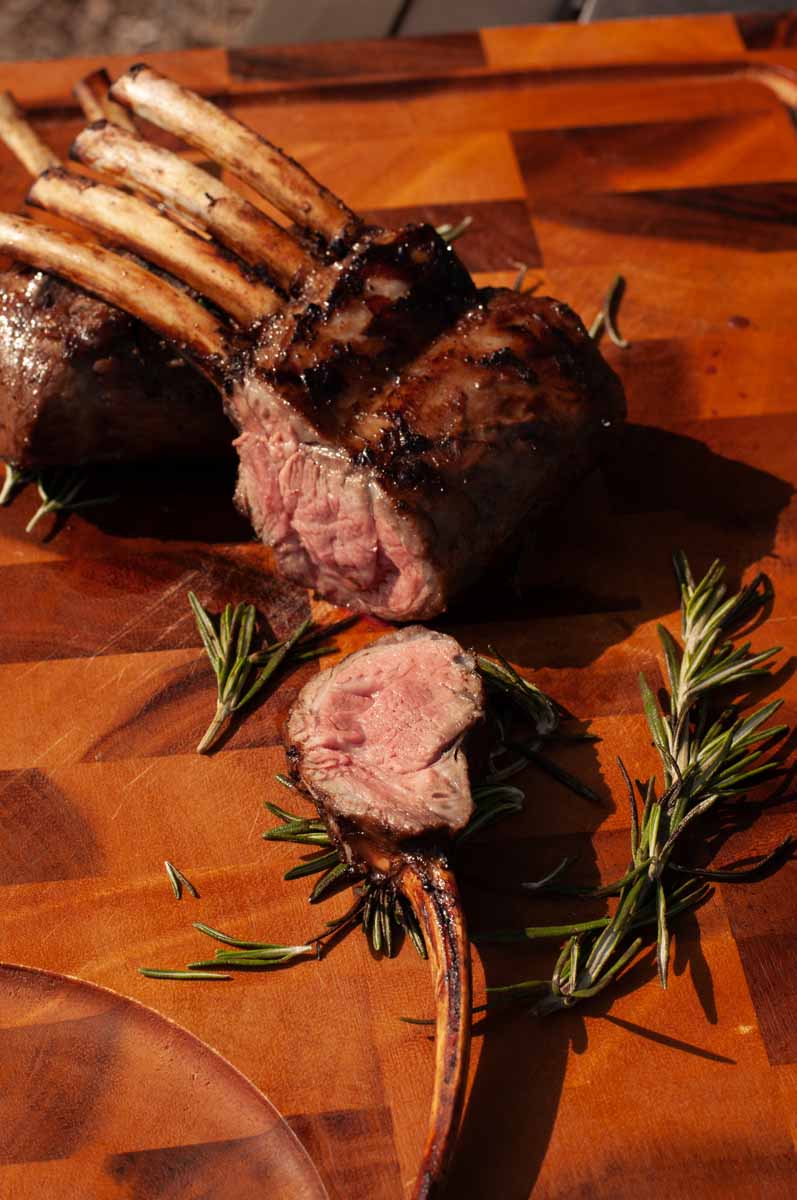
9. Be organized
Set up all of your measured ingredients, equipment and cooking utensils ahead of time. Be clean and organized. Frazzled, disorganized chefs burn food and themselves (again, practice that recipe before a special event).
Wear closed-toe, comfortable shoes when working with heat. Be careful of loose clothing, unrestrained hair, jewelry, kids and pets around heat. Announce to whoever is around you that you’re cooking before you fire up.
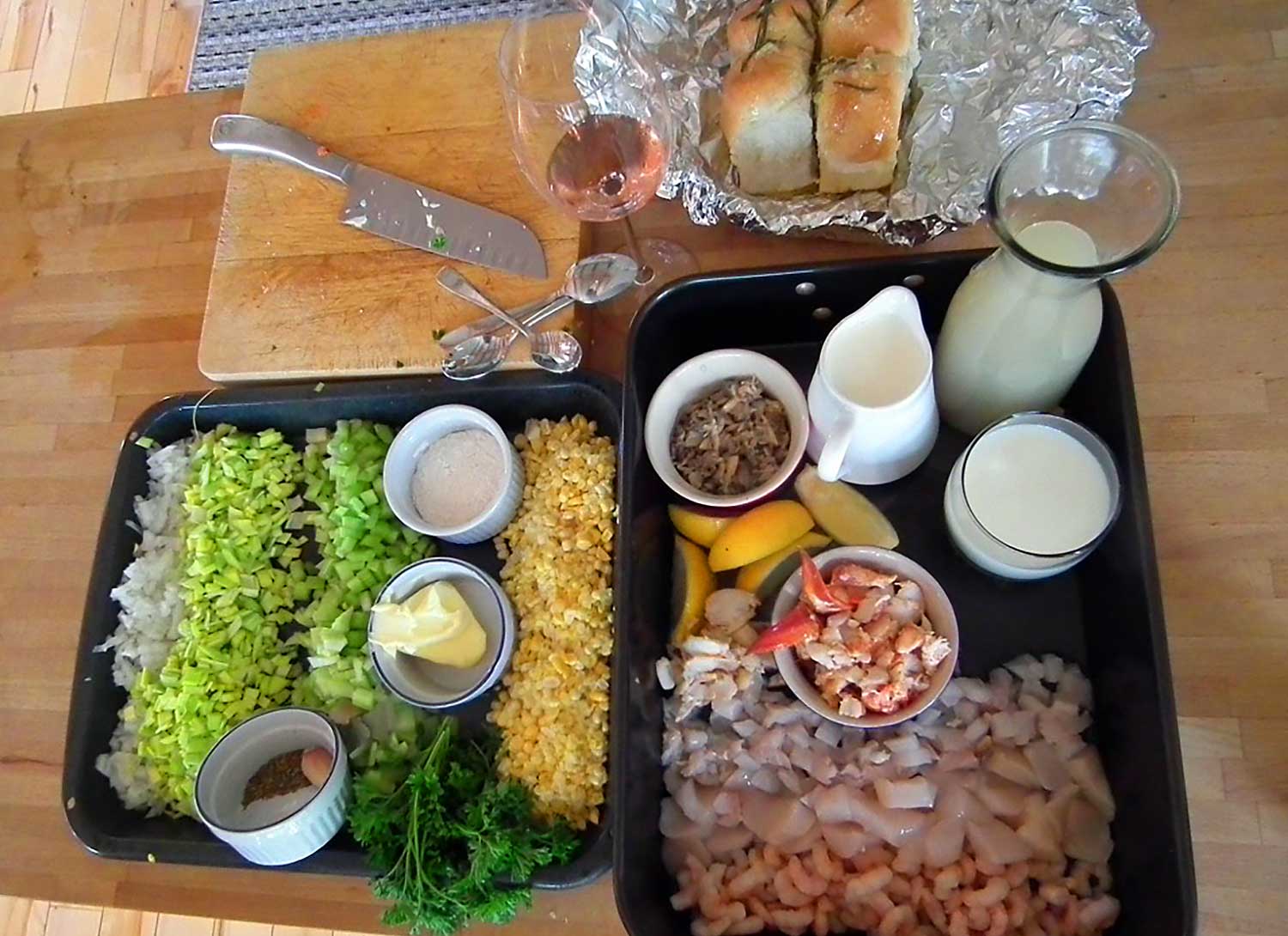
10. Use common sense
Trusting your instincts and listening to common sense allows for a more connected and effective cooking experience. Don’t think you are ready for that? You are!
We guarantee the results will be much more appealing when you follow these tips. Move beyond the recipe into the chef zone—it’s easier than you think.
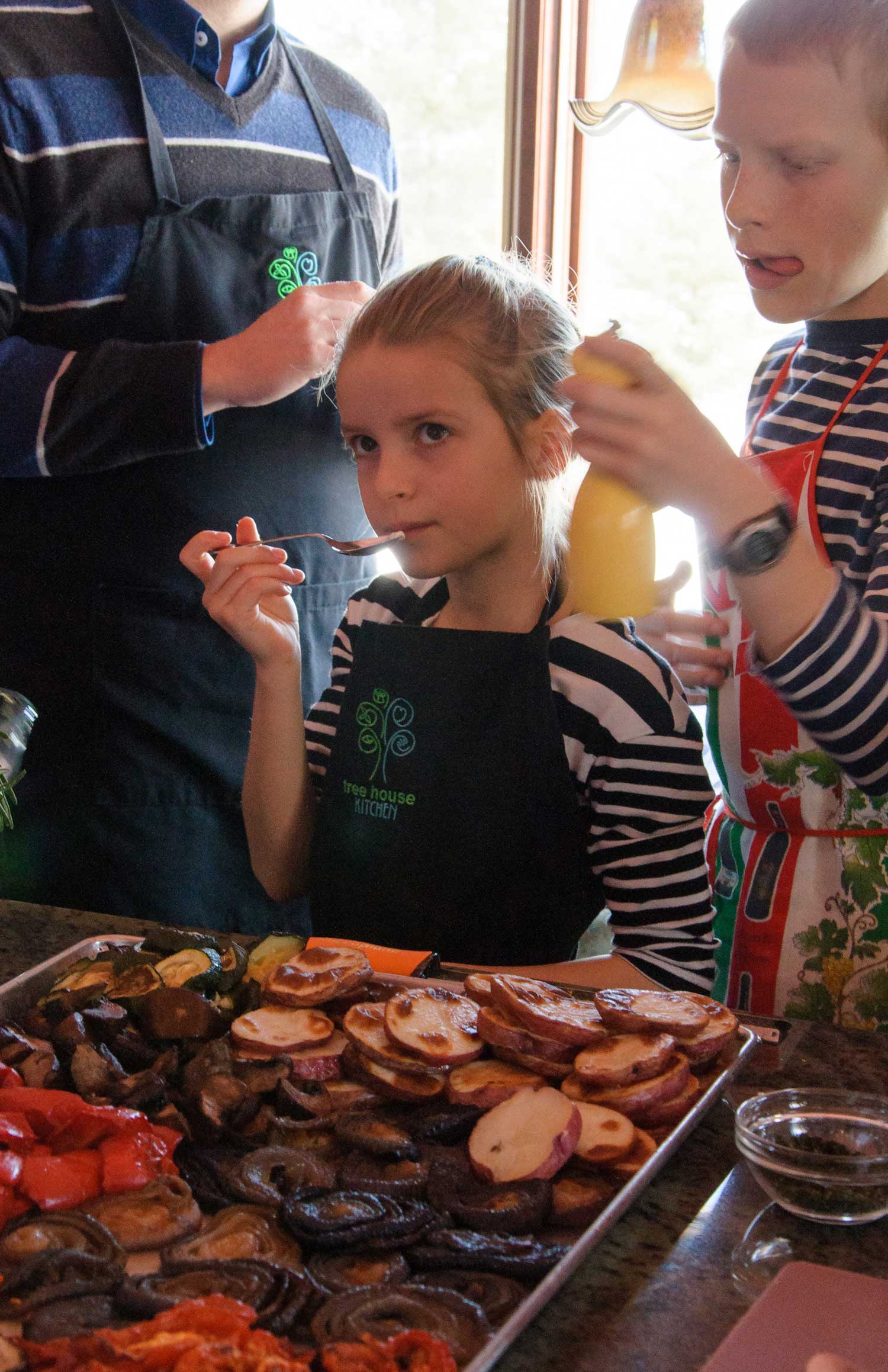
Bonus tip: If your food is sticking to the pan or the BBQ grill, that usually means it’s not ready to be flipped. Wait a minute, cook it a bit more and try again. See? It came unstuck naturally. Your food is talking to you all the time! Listening will help you never overcook or undercook your food.
Learn more by connecting to Tree House Kitchen—Nancy has many helpful tips to make your home cooking experiences more successful. Send us your questions about recipes or tips, and we’ll post them in the Tree House Kitchen Chefs Answer blog series.
Download this printable cheatsheet here!
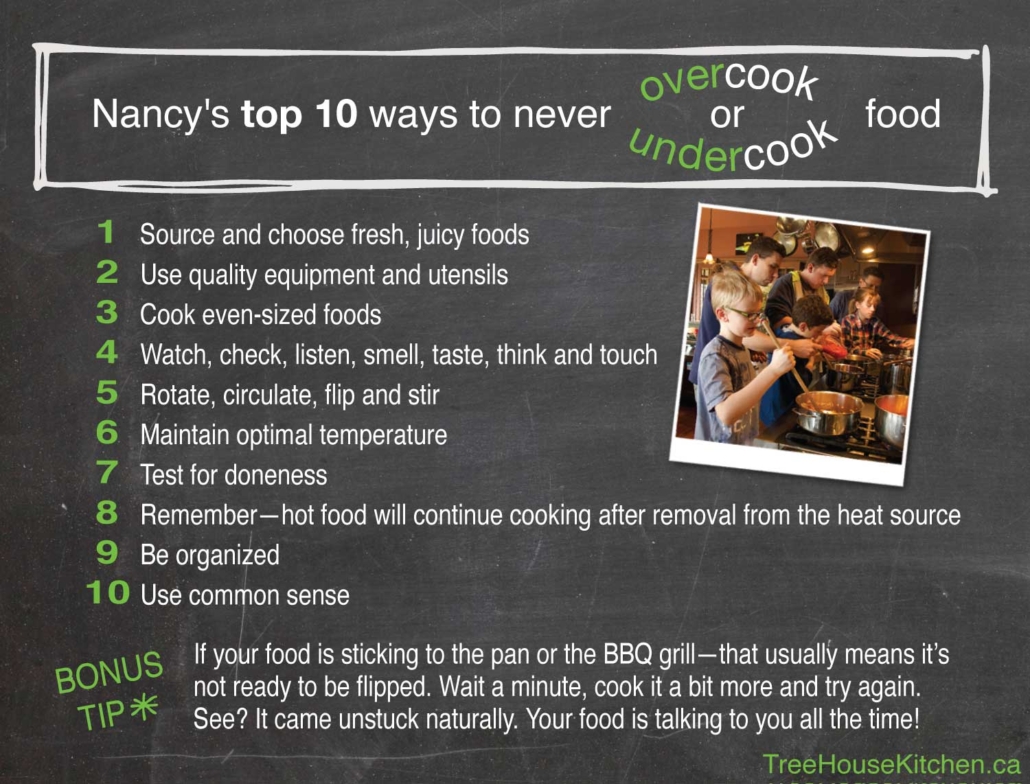

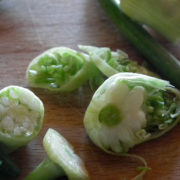
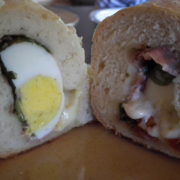
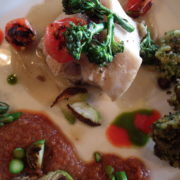
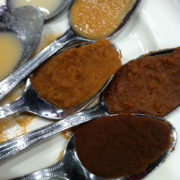
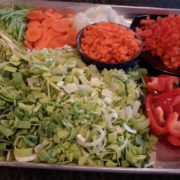

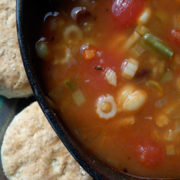
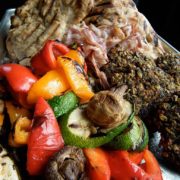


Leave a Reply
Want to join the discussion?Feel free to contribute!